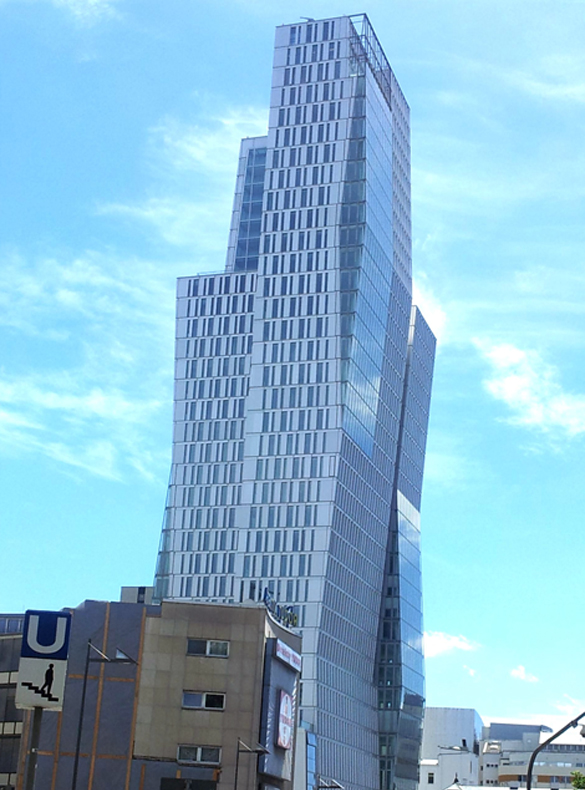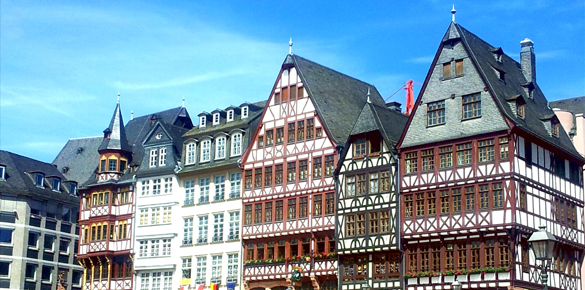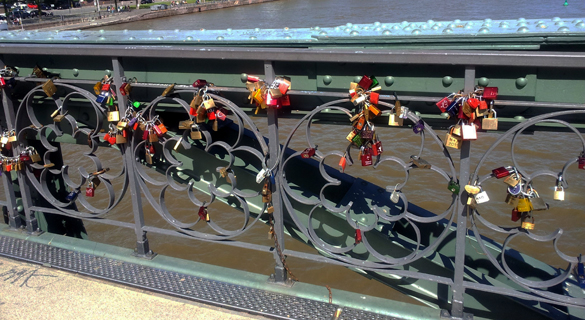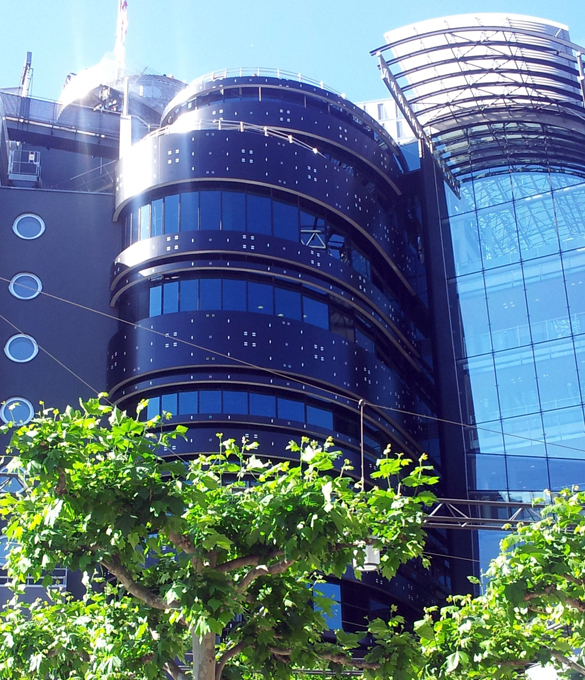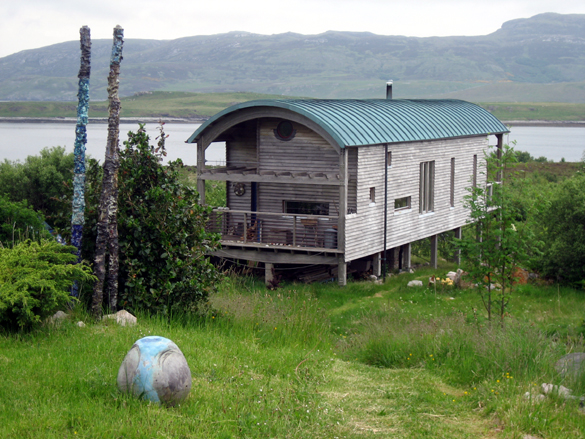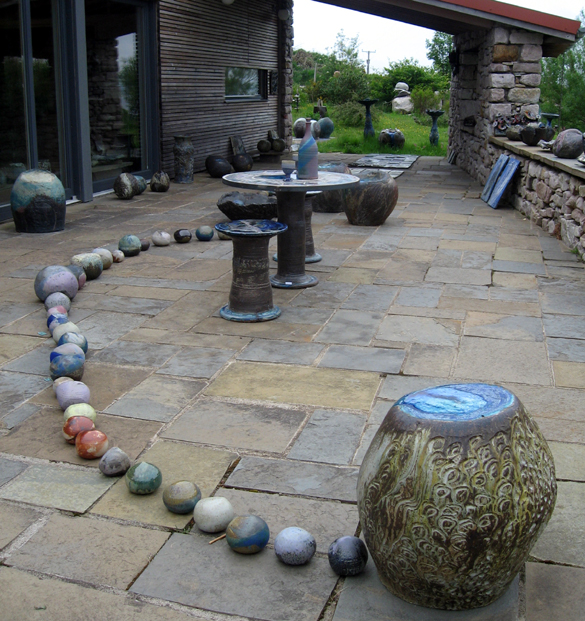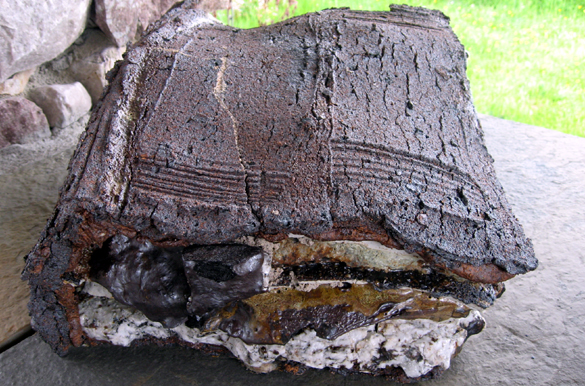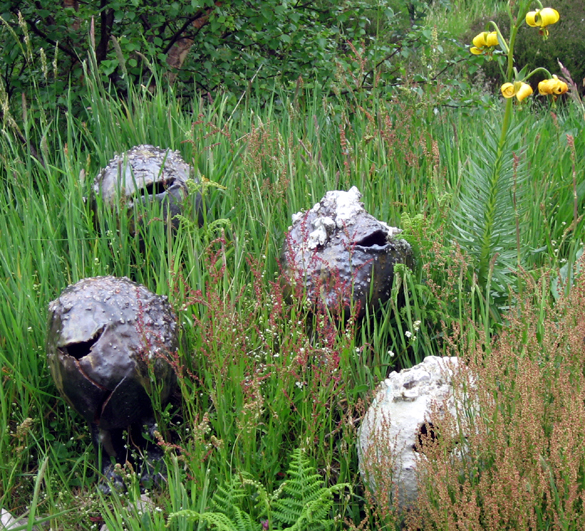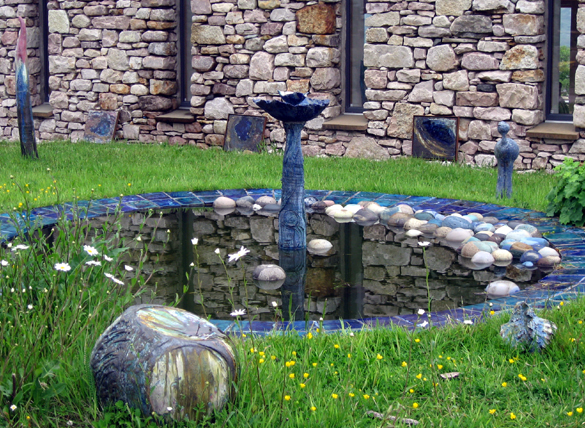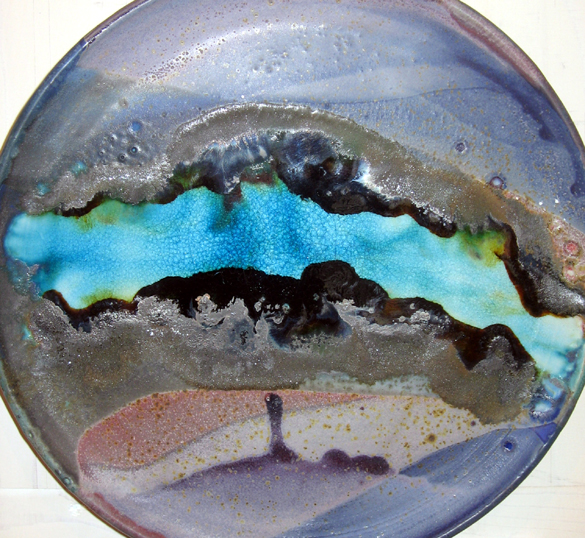Woohoo! We’ve got feedback from Katka Pruskova, whose incredible time-lapse of blooming flowers many of you liked last week. In an email, Katka explained why she made the time-lapse, why flowers, and what it meant to her. Voilà:
“I’ve been fascinated by the time-lapse since I first saw one and I decided to give it a try. I started with the typical things like clouds, just to see the movement, if it is really working. Well it was and I wanted more. It was summer and my mom’s garden was full of beautiful flowers and I started to think how to make a beautiful flower time-lapse, where to set up the little studio in my apartment to be able to shoot through day and night. Well after 3 nights sleeping on a couch in my living room while my first flower was occupying my bedroom (the only room with the drapes), I realized that was necessary 😉 But the first result, even not perfect, made me continue. It was very interesting to see something you cannot normally observe, how the flowers are moving when they bloom, the small movements of petals. I was shooting whole summer and finally during winter found some time to finish the whole video. It was a lot of work, you spend hours and hours of preparation, shooting, and then making the whole movie. And you end up with just 2 and a half minutes of final video. But what you see is amazing and I am very happy I could share the video and I appreciate so much all the beautiful comments I received. I hope to show you some more flowers soon ;)”
Thank you, Katka. Great work!


